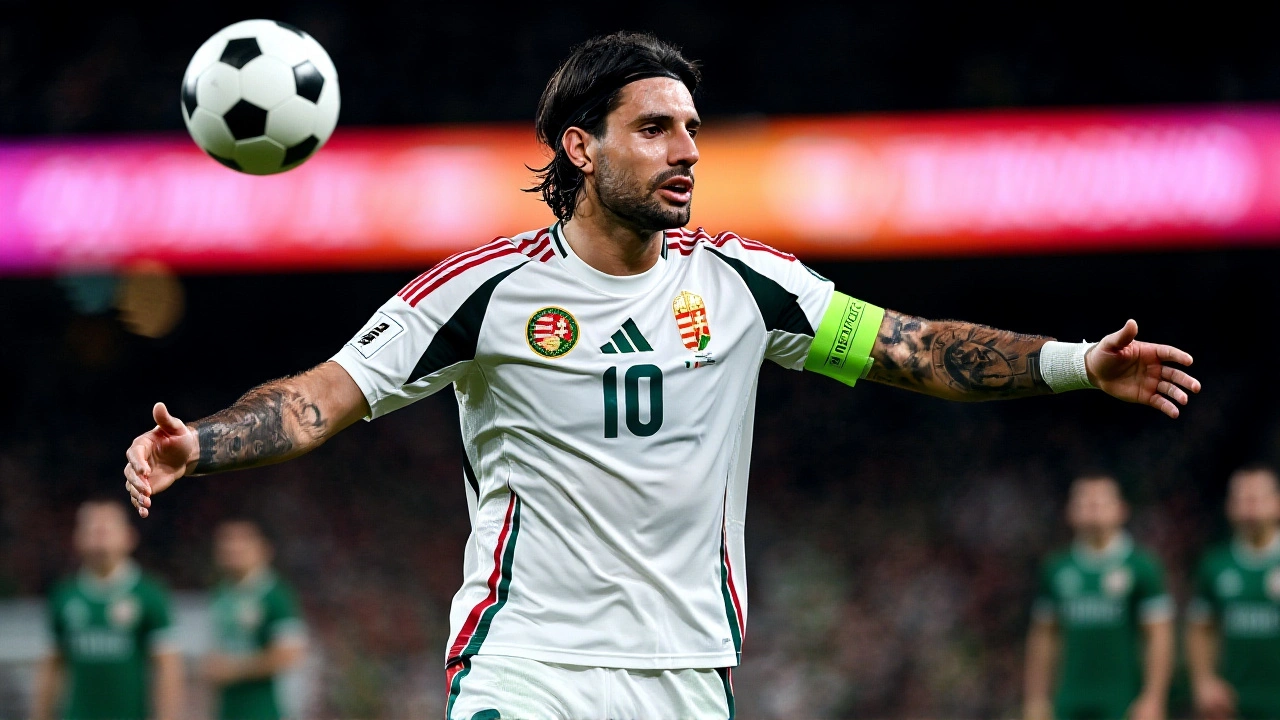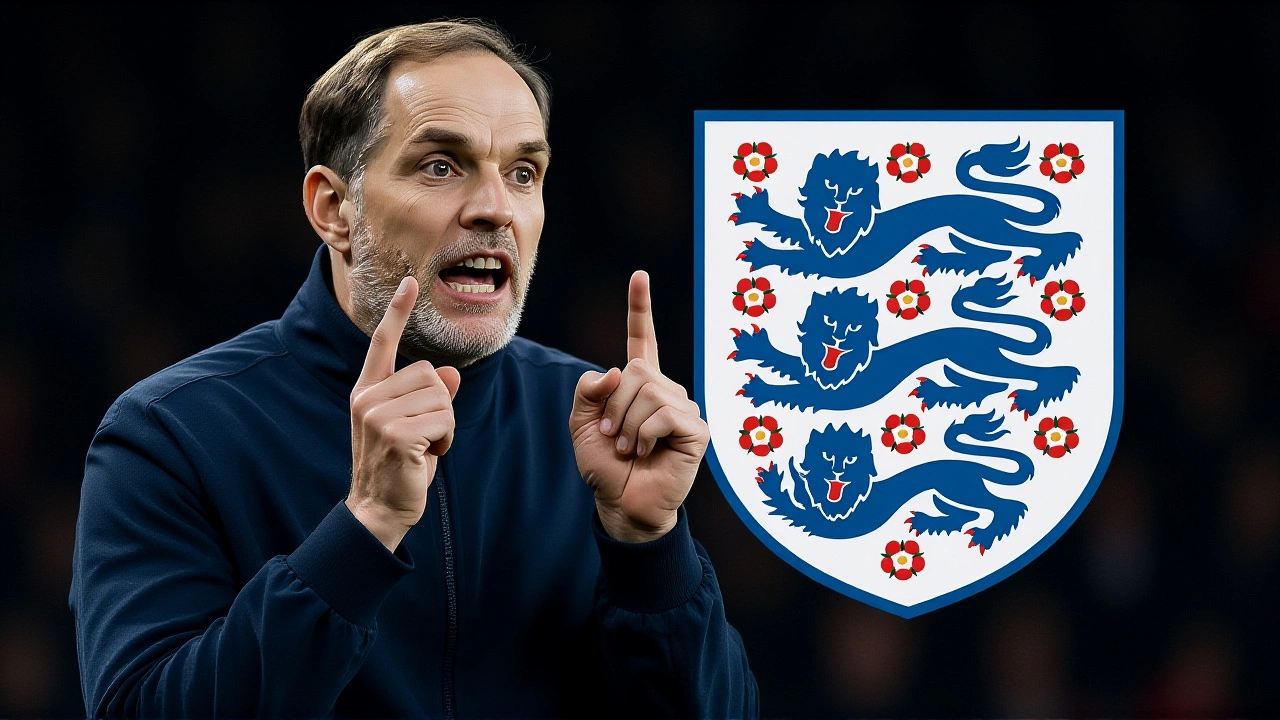World Cup 2026 – Latest News & Insights
When talking about World Cup 2026, the next global football showdown scheduled for June‑July 2026 across the United States, Canada and Mexico. Also known as FIFA World Cup 2026, it brings together 48 national teams, doubled from the last edition, and promises new storylines for fans worldwide. FIFA, the sport’s governing body that sets tournament rules, match calendars and qualification formats oversees the whole process, while individual squads like the Super Eagles, Nigeria’s senior men’s team chasing a spot in the finals fight for their place through regional qualifiers. This mix of global planning and local ambition creates a dynamic where every match matters and every goal can shift a nation’s fate.
Key Themes Around the 2026 Tournament
One major theme is the expanded qualification route. World Cup 2026 now includes more slots for each confederation, meaning African nations get additional chances to qualify. That change pushes teams to balance veteran experience with emerging talent, as seen in Nigeria’s recent 2‑1 win over Lesotho. Another focus is the host‑nation advantage. The trio of North American hosts guarantees a varied climate and travel schedule, prompting coaches to adapt training cycles and squad rotation. Meanwhile, FIFA’s scheduling tweaks – like the earlier start date to avoid the hurricane season – affect player availability from European clubs, making the negotiation between national federations and clubs a constant storyline.
Infrastructure upgrades also dominate the conversation. New stadiums in Mexico City and Dallas are being fitted with advanced cooling systems, while existing venues receive seating expansions to meet the 48‑team format. These upgrades influence ticket pricing, fan travel plans, and local economies. On the commercial side, the tournament draws fresh sponsorship deals tied to emerging markets, especially in Africa and Asia, where viewership is climbing fast. Brands are betting on the increased exposure to launch products aimed at younger, digitally‑savvy fans.
From a tactical perspective, teams are experimenting with more fluid formations to cope with the longer group stage. Coaches are blending traditional 4‑3‑3 setups with hybrid 3‑4‑3 lines to maximize wing play on the varied pitches across three countries. This tactical evolution is evident in the way the Super Eagles have integrated young forwards like William Troost‑Ekong alongside seasoned defenders such as Eric Chelle. The results of these experiments will shape how other nations approach their own squads, especially those entering the fray late in the qualification timeline.
All these angles – expanded slots, host logistics, stadium upgrades, commercial interest, and tactical shifts – converge to make the road to World Cup 2026 unlike any previous edition. Below you’ll find a curated list of articles covering the most recent matches, qualifying drama, player spotlights and behind‑the‑scenes analysis. Dive in to see how each piece fits into the bigger picture of the tournament that’s set to reshape international football for years to come.

Troy Parrott's 95th-Minute Hat-Trick Sends Ireland into World Cup 2026 Play-Offs
- by Masivuye Mzimkhulu
- on 16 Nov 2025
Troy Parrott's dramatic 95th-minute hat-trick sealed a 3-2 win for the Republic of Ireland over Hungary, sending them into the World Cup 2026 play-offs and ending a 32-year drought from the finals.

England Must Beat Latvia on Oct 14 to Lock Down World Cup 2026 Spot
- by Masivuye Mzimkhulu
- on 12 Oct 2025
England must beat Latvia on Oct 14 to lock in a World Cup 2026 berth, while Scotland, Wales and Northern Ireland fight for their own spots.